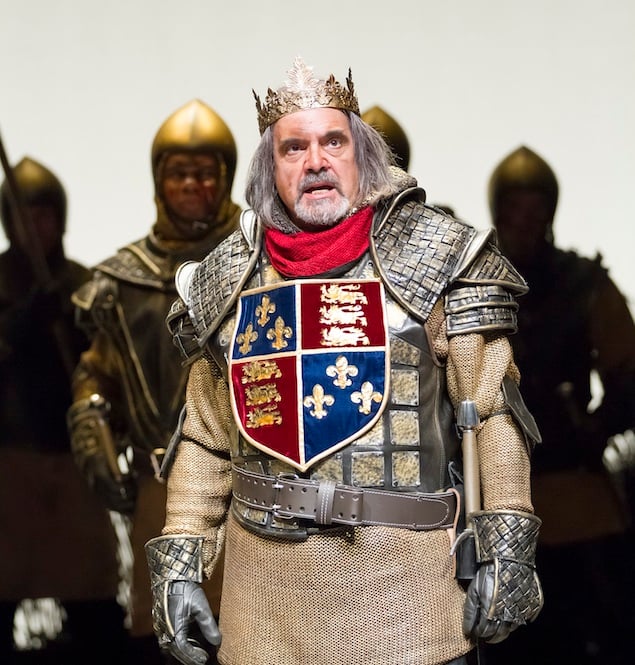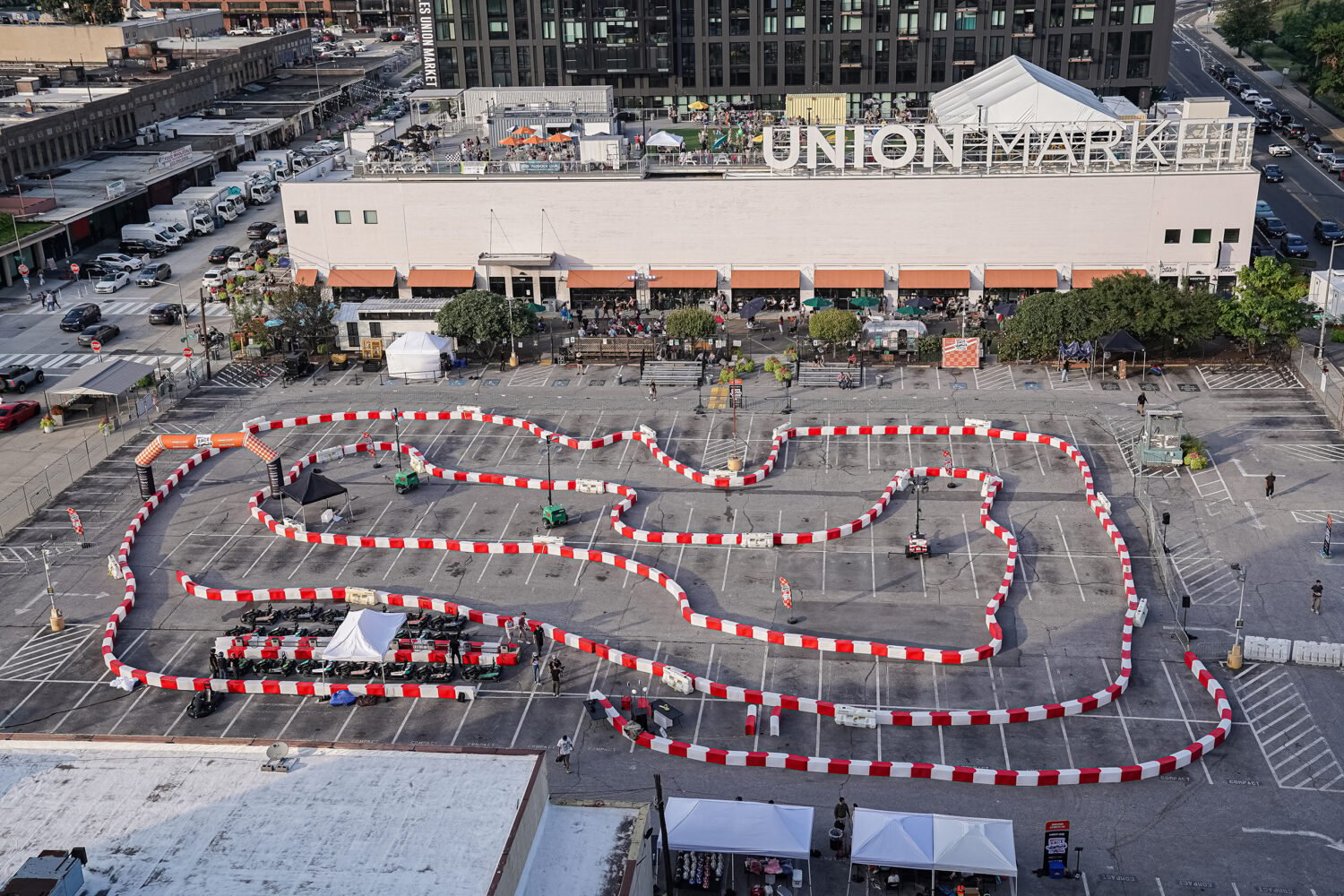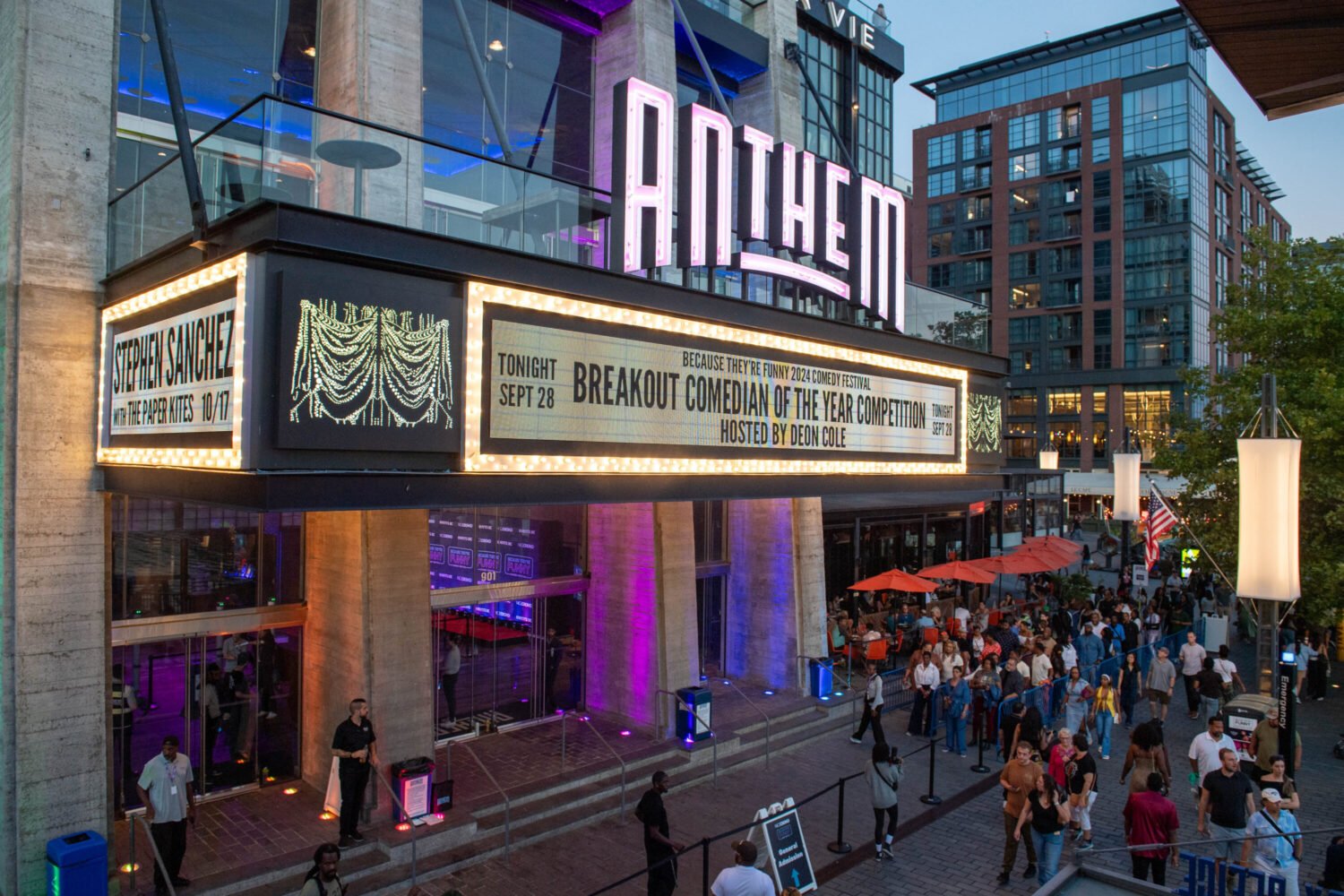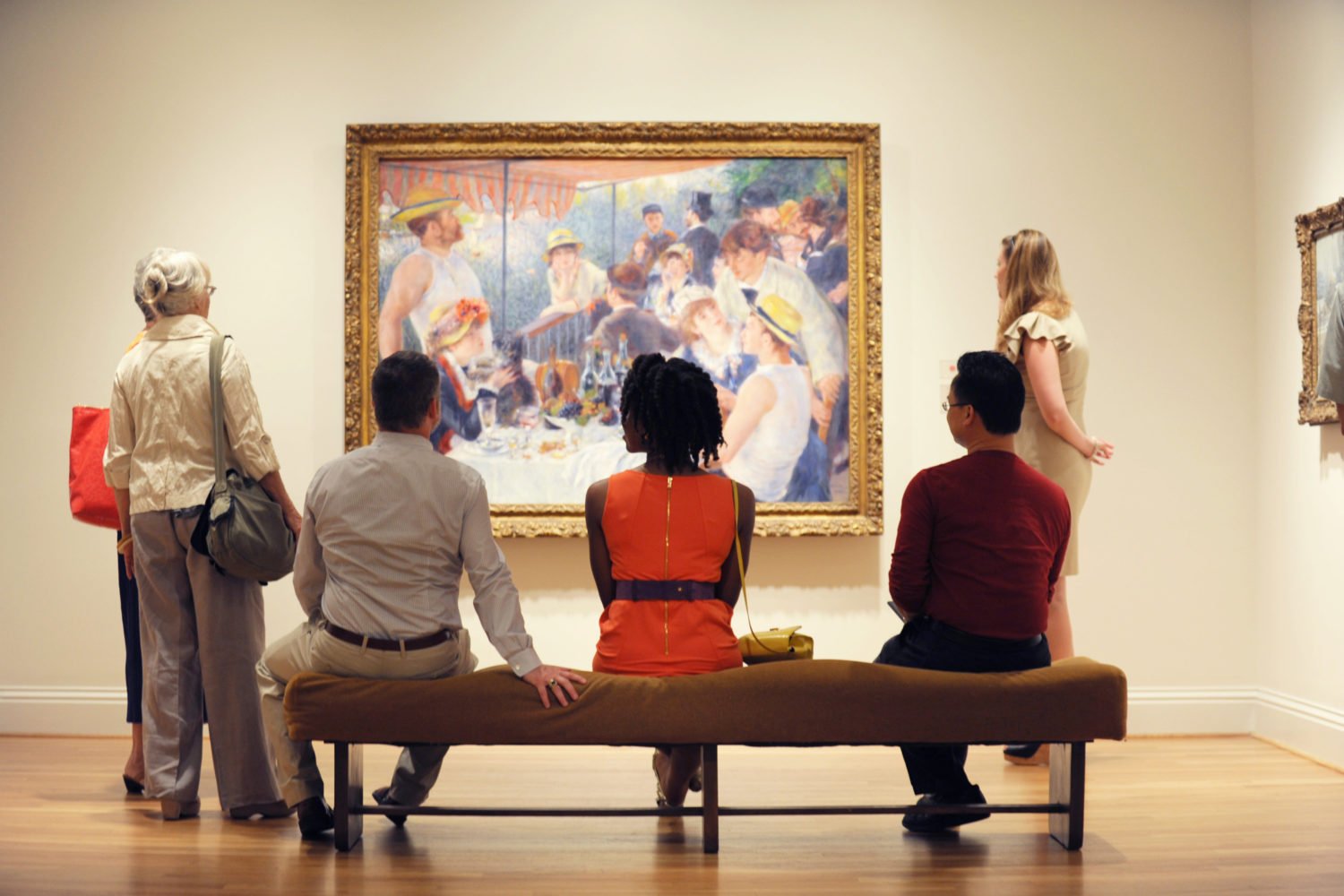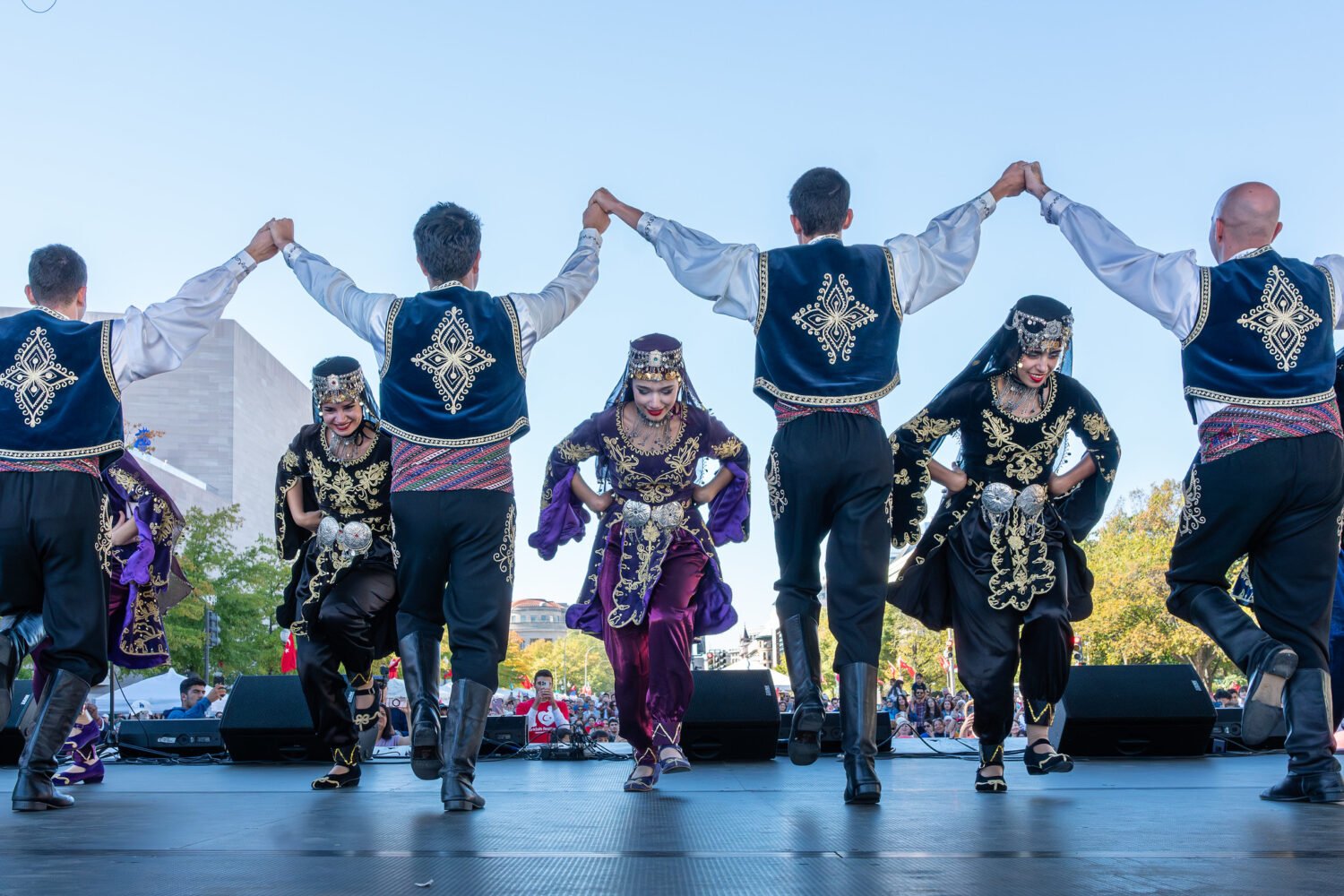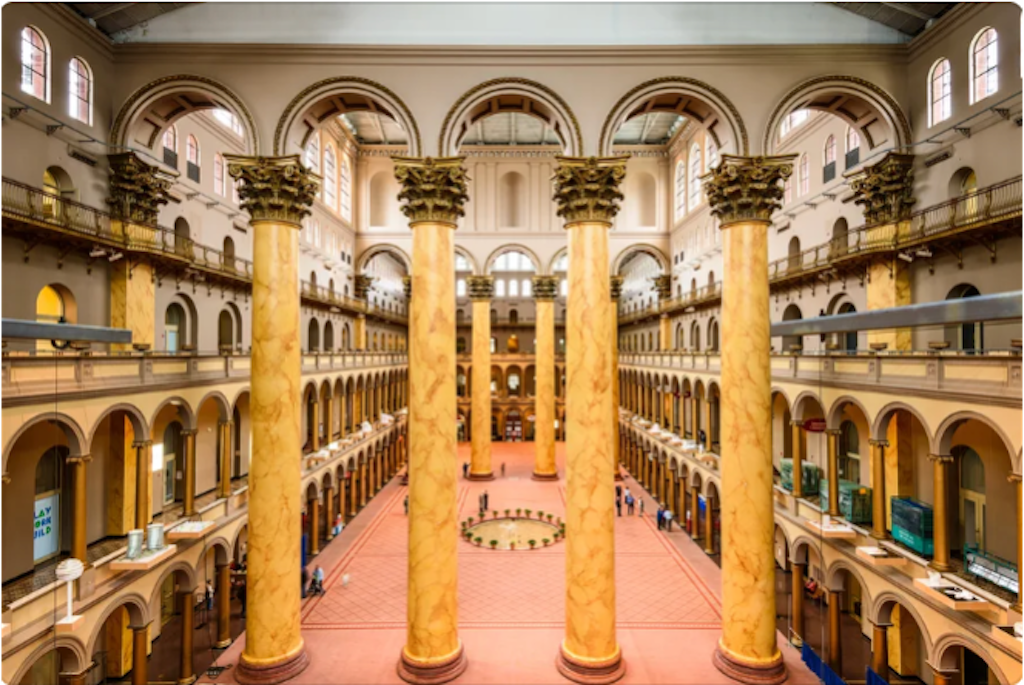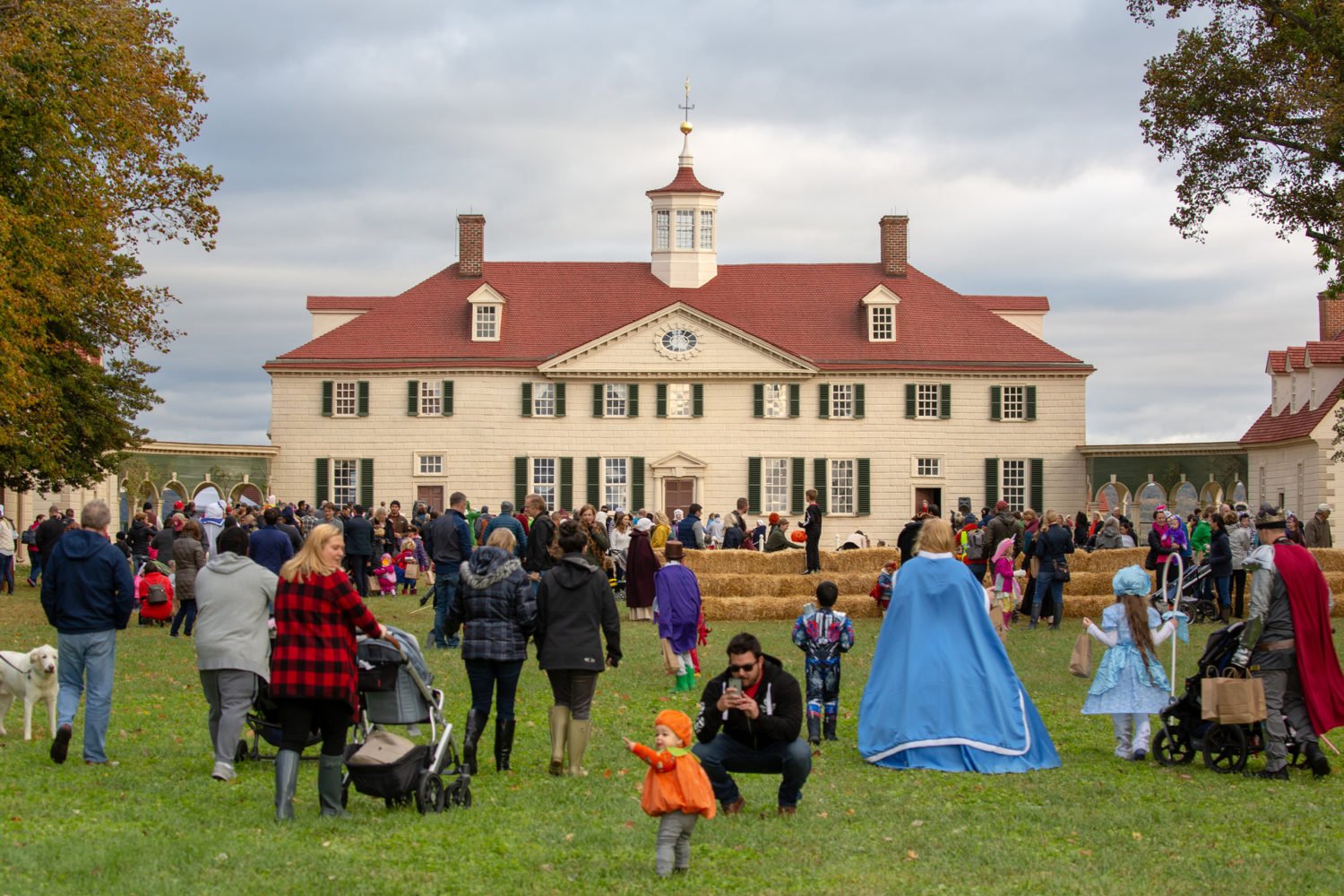The heights of valor and the depths of guilt, the solemnity of power and the youthful avoidance of it, the inevitability of death and the denial of it—all these things grip the emotions and please the eye at Sidney Harman Hall in the Shakespeare Theatre Company’s rotating rep of Henry IV Parts 1 and 2.
Yes, the rebellious nobles, especially after their tantrum-prone instigator Hotspur (a seething John Keabler) dies in battle in Part 1, tend to stand around and scheme rather woodenly as their revolt unravels. They move the plot along, but lack urgency. And the earth-toned set, props, and costumes, while mostly gorgeous, do need an occasional splash of color before the coronation at the end of Part 2. Yet these caveats are mere blips in a strong double production.
Shakespeare’s longtime artistic director, Michael Kahn, has staged both plays with clarity, distinctive style, and between-the-lines feeling. In Stacy Keach’s savory Falstaff, he has an aging, shuffling reprobate of delicious decrepitude—hilarious, cowardly, bibulous, bulbous-nosed, conniving, even tragic—someone the audience can embrace, flaws and all. Edward Gero plays the conscience-plagued king, Henry IV, as a solemn monarch, agonizing over the attempted overthrow of his reign by some of the same nobles who helped him depose and execute the ineffectual Richard II (in 1399, for fact-checkers) and take the throne (“Uneasy lies the head that wears a crown,” he notes in act three of Part 2). From time to time, Kahn hits “pause,” while we and Gero’s Henry IV hear the prophetic chiding of the dead Richard in Shakespeare’s Richard II, predicting rebellion and discord during the reign of his usurper. This hits the now-aging Henry with vicious irony. He had planned to do penance by going to the Holy Land on a crusade, but the revolt by his own nobles has made that impossible. He will die in Jerusalem, yes, but merely a room in his palace named for that city.
In a role that is inherently complex, Matthew Amendt makes quite sure that we see most of the flaws and all of the valor in Prince Hal, just 22 in the plays. In Part 1, Amendt is never fully the hot-blooded, debauched young prince rebelling against his somber father, reveling in drink with his “alternate” dad, Falstaff, playing practical jokes to expose the old man’s fibs, and enjoying ladies of horizontal refreshment. There is a reserve one wishes Amendt would drop at the Boar’s Head Tavern. But even early on, he offers glints of Hal’s steeliness and an expectation of power soon to be thrust upon him. Amendt impresses in that regard, from the first moment he predicts, during an improvised play at the tavern, that he will cast off Sir John Falstaff as a friend as soon as he inherits the crown: Pretending to be Hal, Falstaff pleads, “Banish plump Jack and banish all the world.” But Hal, playing his father the king, responds, “I do, I will,” foretelling his own actions. Falstaff is doomed, though he may not know it yet.
Amendt also makes very clear in the first play Hal’s genuine fondness for Falstaff and the old knight’s drinking buddies: the red-nosed Bardolph (Brad Bellamy, in an aces hangdog turn); Ned Poins (Jude Sandy as a high-energy trickster); the innkeeper Mistress Quickly (Kate Skinner, giving the good lady, who loves Falstaff, many shadings of emotion), and the drunken prostitute, Doll Tearsheet (Maggie Kettering, making sure Doll, too, has a range of finer feelings). This makes Hal’s eventual rejection of Falstaff particularly shattering. By the time we reach the end of the second play, with the rebels defeated, Henry IV dead, and Prince Hal now crowned as Henry V, his final dismissal of Falstaff—“I know thee not, old man. Fall to thy prayers. How ill white hair becomes a fool and jester!”—is devastating on the page and in Amendt’s kingly rejection of his old friend and his own past.
One must mention Ted van Griethuysen’s delicious, doddering Justice Shallow, whom Falstaff visits in the second play. As the two recall their youthful capers, Keach’s Falstaff both sighs and boasts, “We have heard the chimes at midnight, Master Shallow,” to which van Griethuysen’s justice of the peace intones, “That we have, that we have, that we have: In faith, Sir John, we have.” How many older folks in real life have we heard reminisce in such a way? That we have, that we have.
Director Kahn has a gift—besides judicious editing of the text—for making Shakespeare’s history plays crystal clear, even to audiences who might be unfamiliar with Elizabethan English and the story of Henry IV and Prince Hal. He brings out the beauty, cruelty, and poetry in the text, and in these twin productions has made sure his designers follow that same lead of poetic clarity.
Ann Hould-Ward’s period costumes, while earth-toned as noted earlier, are eye-catching in their subtlety, and full of wonderful details (the only exception is the glittering cloth intended to look like chainmail in battle scenes, which looks too much like gold lamé). Michael Roth has composed haunting music for brass, woodwinds, lutes, strings, and more, and in Part 1, we get to hear an anguished Welsh song composed by Roth and passionately sung by Vanessa Sterling as Lady Mortimer, daughter to the rebellious Welsh noble Glendower (van Griethuysen, in flowing red wig and beard).
Alexander Dodge’s handsome, rough-hewn set deserves its own paragraph—chameleonlike in its quick changes, yet impressive in its simplicity. It is a curved two-story shell of what appears to be gray wood planks, with a spiral staircase and partial balcony at the audience’s left. Hidden doors open on the upper level to reveal working ladies popping out of their rooms at the tavern. Taller doors at stage level open for entrances and exits in the king’s palace and the castle of the rebellious Earl of Northumberland (Kevin McGuire, impressive in evoking the earl’s conflicted feelings about the rebellion of his son, Hotspur). A huge gap opens in the set at the back of the stage to reveal a grassy field and an endless sky, where the definitive battle of Shrewsbury takes place, and where Justice Shallow holds court in the countryside.
When the wooden shell is closed, a huge, glowing cutout in the shape of Britain, the “sceptered isle,” looms at the center of the set—torn asunder during battles, looking rather like creeping ivy during rustic interludes, and then forming back into the shape of Britain when the power struggle is, at least temporarily, resolved. It is a simple image deftly used in a similarly clear and affecting double production, which should be experienced fully.
Henry IV Parts 1 and 2 are running in rotating rep at the Shakespeare Theatre Company’s Sidney Harman Hall through June 8. Running time for each play is about two and a half hours, with one intermission. Tickets ($20 to $115) are available online or by calling the box office at 202-547-1122.

